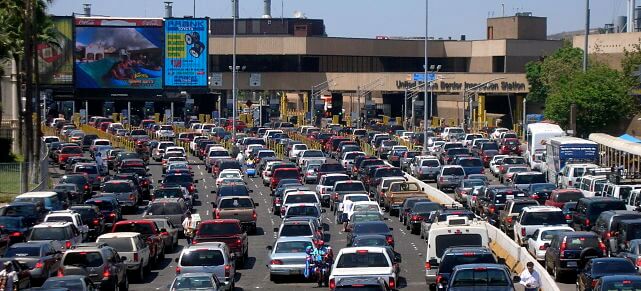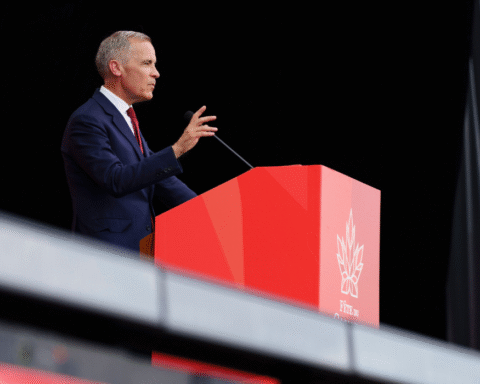Navigant Consulting held Wednesday what I thought was a fascinating webinar on whether vehicle sales and use in North America have peaked — or are close to peaking. Dave Hurst, principal research analyst at Navigant, defined “peak cars” as a point of market saturation “characterized by an unprecedented deceleration in the growth of car ownership, total miles driven and annual sales.”
At the outset, he made the following points:
- Auto sales have been relatively slow to rebound in the United States, whereas in past economic rebounds we’ve seen car sales lead the way;
- He figures sales of light-duty vehicles peaked in 2005 and those record levels won’t be reached again until about 2020, despite the growth in population between now and then;
- There has been significant growth in bicycle commuting — 47 per cent growth between 2000 and 2011. In more bike-friendly cities, growth has jumped 80 per cent;
- E-bicycle sales are growing strongly, particularly in Europe. While they aren’t necessarily displacing car sales, they are reducing the amount of miles driven in cars;
- Influencing trends being noticed: urban planning with attention to more transit-oriented designs and streets that accommodate multiple modes of transportation; more people telecommuting; a rise in car-sharing as an alternative way to travel in cities; increased political interest in congestion pricing.
But can we say with certainty that we’ve hit “peak cars” yet? “I would argue in western Europe we’re likely there. Right now it looks like North America is going to be next,” said Hurst. “The jury is still out.”
Phineas Baxandall, senior analyst for transportation policy at the U.S. Public Interest Research Group, came across as more certain in his comments. Up until 2004, he said, there has been a steady increase in per-capita miles driven since WWII. But nine years ago it suddenly began to fall, and this happened well before the economic downturn. “What we see in 2004 is truly a break with an almost 60-year trend.” Total miles driven also began to fall in 2007, despite ongoing population growth. So what explains this? Baxandall said a big part of it has to do with younger drivers — at least that’s what the data says between 2001 and 2009. “During this period, driving among younger Americans fell much faster than the rest of the country — a breathtaking 23 per cent per person.” Young people are taking fewer vehicle trips and shorter trips. “This trend was seen with young people both with and without jobs,” he added, pointing out that younger people are embracing alternatives modes of transportation much more aggressively than their parents. “This group’s public transportation trips increased (between 2001 and 2009) by 40 per cent. Bicycle trips increased 24 per cent, and walking trips by 16 per cent. A truly big change.”
And let’s not forget driver’s license statistics. In the mid-1980s more than 80 per cent of young people between 16 and 20 years of age had a driver’s license. Today, that number is in the mid-60s. Another interesting point that Baxandall made has to do with the recent decoupling of GDP from driving miles per person. For decades driving miles per person almost shadowed the movement of GDP, but in recent years they have diverged. This likely has much to do with rising gasoline prices following a long period of relatively cheap fuel.
All of this raises the big question: Is it temporary?
Is it a blip? Will the shift we have seen be enduring? Will it grow more intense to the detriment of the auto industry? I got the sense from the call that Baxandall doesn’t think it’s temporary, which isn’t a bad thing depending on where you sit. “It’s going to mean less pollution and oil consumption, less stress on our existing roadways, and less need for new and wider highways,” he said. But there’s bad news for some. There will be more risk for public-private toll ventures, shrinking North American auto sales, and the amount of federal tax revenue collected through gasoline sales is going to fall significantly — a combination of more efficient vehicles, electric vehicles and reduced driving. “We can no longer continue to believe there will be an increase in driving,” he added. “Policy in our country has yet to catch up to these trends and still reflect old driving assumptions.”
There’s much to think about here, for auto manufacturers, urban planners, political leaders and consumers. Of course, some of the market demand issues will be offset by rising demand from Asia and elsewhere, but in North American and Europe these trends beg a much closer, careful look.







